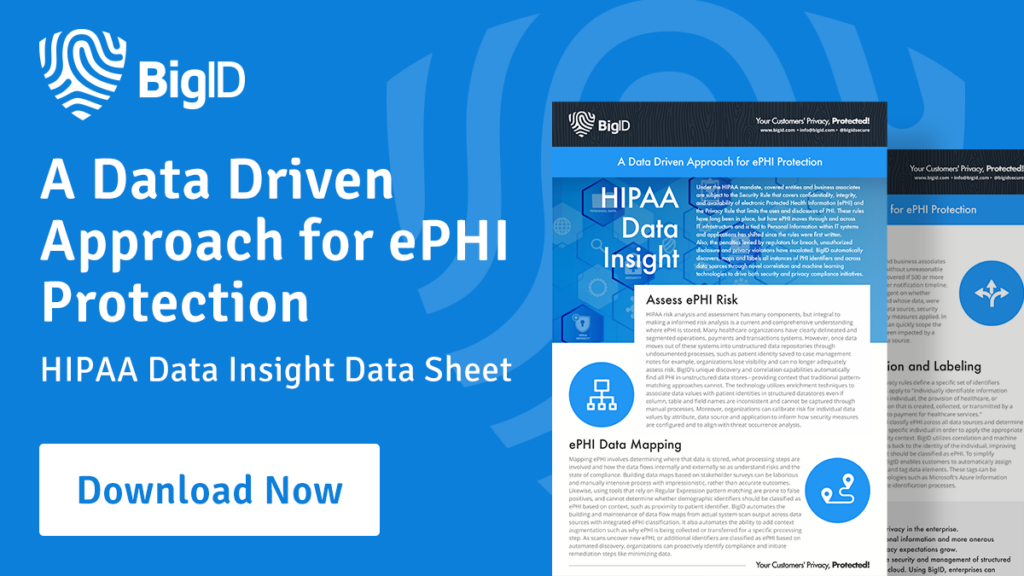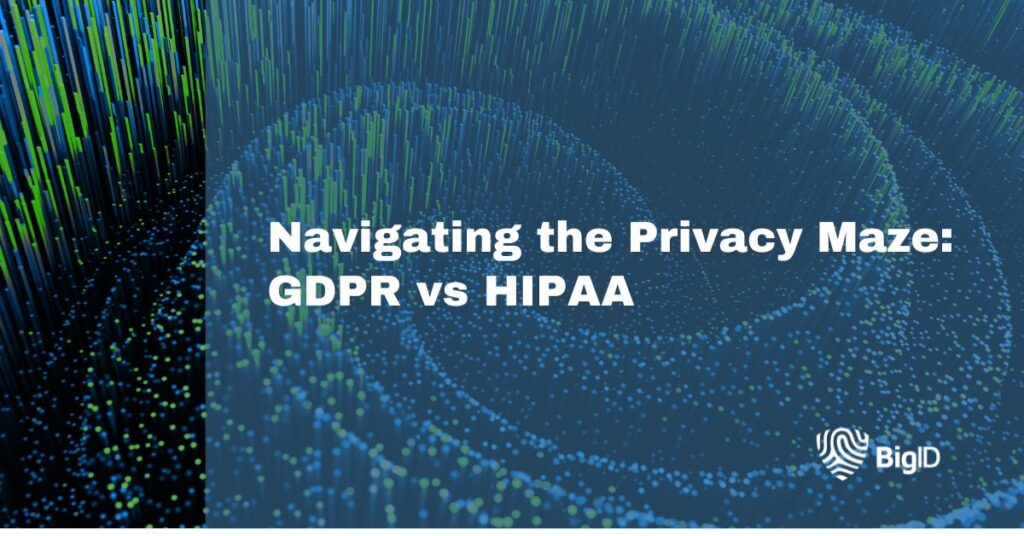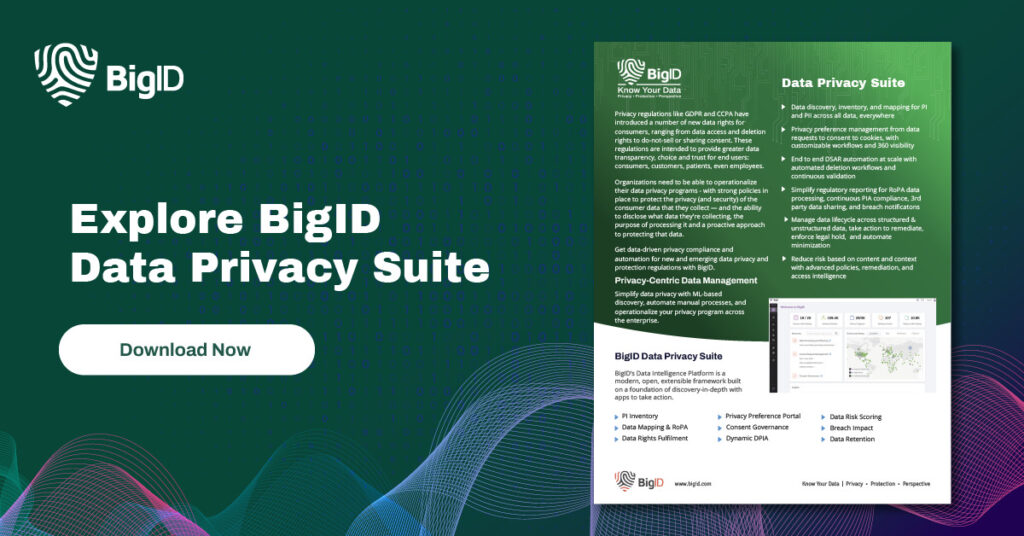In the realm of data privacy, two prominent regulations, HIPAA (Health Insurance Portability and Accountability Act) and GDPR (General Data Protection Regulation), stand as pillars of protection for sensitive information. While HIPAA focuses on healthcare data in the United States, GDPR takes a broader approach to safeguard personal data within the European Union.
Read on to explore the scope, similarities, and differences between HIPAA and GDPR, as well as the best practices for businesses to effectively navigate and comply with both regulations simultaneously.
Scope and applicability
GDPR and HIPAA are both regulatory frameworks that aim to protect personal data, but they differ in terms of their scope and focus. GDPR is a European Union regulation that governs the protection of personal data of individuals within the EU— while HIPAA is a US federal law that specifically targets the protection of health information and applies to healthcare providers in the United States.
HIPAA: HIPAA ensures the privacy and security of PHI, aiming to protect patients’ sensitive medical information. PHI refers to individually identifiable protected health information held or transmitted by covered entities, such as healthcare providers, health plans, and healthcare clearinghouses. This includes medical records, diagnoses, treatment information, insurance information, and other personal health details. According to a survey by the Office for Civil Rights (OCR), between 2016 and 2019, there were over 800 major breaches affecting 500 or more individuals, emphasizing the significance of HIPAA compliance.
GDPR: GDPR applies to any organization that handles personal data of EU citizens, regardless of its location. It encompasses a wide range of industries beyond healthcare, such as e-commerce, technology, and finance Personal data, as defined by GDPR, encompasses any information relating to an identified or identifiable natural person. This includes but is not limited to names, addresses, identification numbers, online identifiers, location data, and even sensitive data such as genetic or biometric information. According to the European Data Protection Board, since its enforcement in 2018, over 281,000 GDPR-related complaints were lodged, underscoring the increasing scrutiny of data protection practices.
While HIPAA focuses specifically on health-related information within the healthcare industry, GDPR addresses a wider range of personal data across various sectors and industries. Both regulations aim to establish robust data protection measures and provide individuals with rights and control over their personal information.
Similarities
Data protection principles
Both HIPAA and GDPR share common principles, such as the need for data minimization, purpose limitation, and security safeguards. These regulations emphasize the importance of informed consent, data integrity, and accountability in the handling of personal and healthcare information.
Individual rights
Both regulations grant individuals certain rights. HIPAA provides rights such as accessing their medical records and requesting corrections, while GDPR offers rights like data access, rectification, erasure, and objection to processing.
Differences
Scope and geographical reach
HIPAA’s scope is limited to the United States and specifically targets protected health information. GDPR has a broader geographical reach, encompassing all EU member states and applying to personal data in general.
Obtaining consent
The consent requirements and approaches to obtaining consent differ between HIPAA (Health Insurance Portability and Accountability Act) and GDPR (General Data Protection Regulation):
HIPAA: HIPAA does not require explicit consent for the use and disclosure of protected health information (PHI) for treatment, payment, and healthcare operations. Instead, HIPAA allows for the sharing of PHI without individual consent as long as it is done within the boundaries of the permitted uses and disclosures outlined by the regulation. These permitted uses and disclosures are designed to facilitate necessary healthcare operations and ensure the continuity of care. However, HIPAA does require covered entities to provide patients with notice of their privacy practices and their rights regarding their PHI.
GDPR: In contrast, GDPR places a strong emphasis on obtaining explicit and informed consent from individuals for the processing of their personal data. GDPR requires that consent be freely given, specific, informed, and unambiguous. It must be an affirmative action by which the individual clearly indicates their agreement to the processing of their personal data for a specific purpose. Organizations must ensure that consent requests are clear, easily understandable, and separate from other terms and conditions.
GDPR’s approach to consent is based on giving individuals control and choice over their personal data. It requires organizations to provide individuals with clear information about the purposes of data processing, the types of data being collected, and the rights they have regarding their data. Individuals have the right to withdraw their consent at any time, and organizations must make it equally as easy to withdraw consent as it is to give it.
While HIPAA focuses more on the permitted uses and disclosures of PHI within the healthcare context, GDPR’s consent requirements apply to a broader range of personal data processing activities and prioritize individual control and transparency.

Best practices for simultaneous compliance
- Conduct comprehensive data inventories: Identify all data sets within your organization that fall under both HIPAA and GDPR to understand the scope of compliance requirements.
- Implement strong data security measures: Adopt robust security protocols, including encryption, access controls, and regular security audits, to protect both healthcare and personal data from unauthorized access or breaches.
- Establish privacy policies and procedures: Develop clear and comprehensive privacy policies and procedures that align with the requirements of both regulations. Regularly update and communicate these policies to employees and stakeholders.
- Provide ongoing employee training: Educate employees on the nuances of HIPAA and GDPR, emphasizing the importance of data privacy, confidentiality, and their roles in compliance.
- Maintain incident response and breach notification plans: Create incident response and breach notification plans that align with the requirements of both regulations. Promptly report any breaches to the relevant authorities and affected individuals.
The BigID Difference for HIPAA and GDPR Compliance
Navigating the intricacies of HIPAA and GDPR simultaneously is a complex endeavor for businesses. Understanding the scope, similarities, and differences between these regulations is crucial to ensure compliance and protect sensitive healthcare and personal information.
BigID is the industry leading provider in data privacy, security, and governance solutions. Organizations can leverage BigID’s Privacy Suite for a centralized and data-centric approach to privacy compliance. Using advanced AI and machine learning, BigID automatically scans, identifies, and classifies structured and unstructured data across the entire enterprise landscape to give you greater insight into the data you know about— and the data you don’t.
Conduct privacy impact assessments (PIA), track and manage DSAR requests, monitor consent, and more, all under one powerful platform.
To learn more about how BigID can get your organization on track with HIPAA and GDPR—get a free 1:1 demo today.



